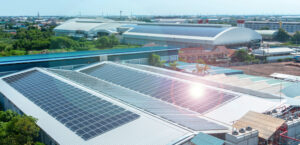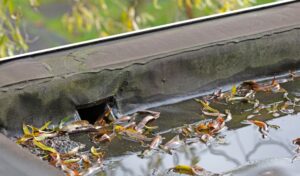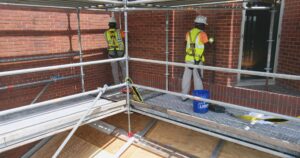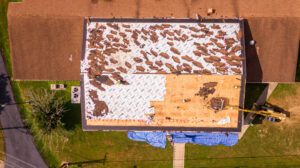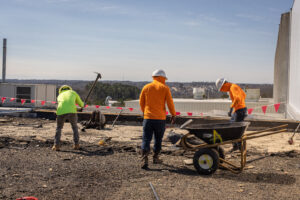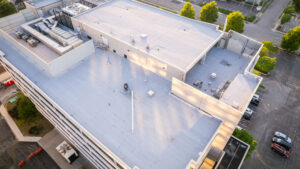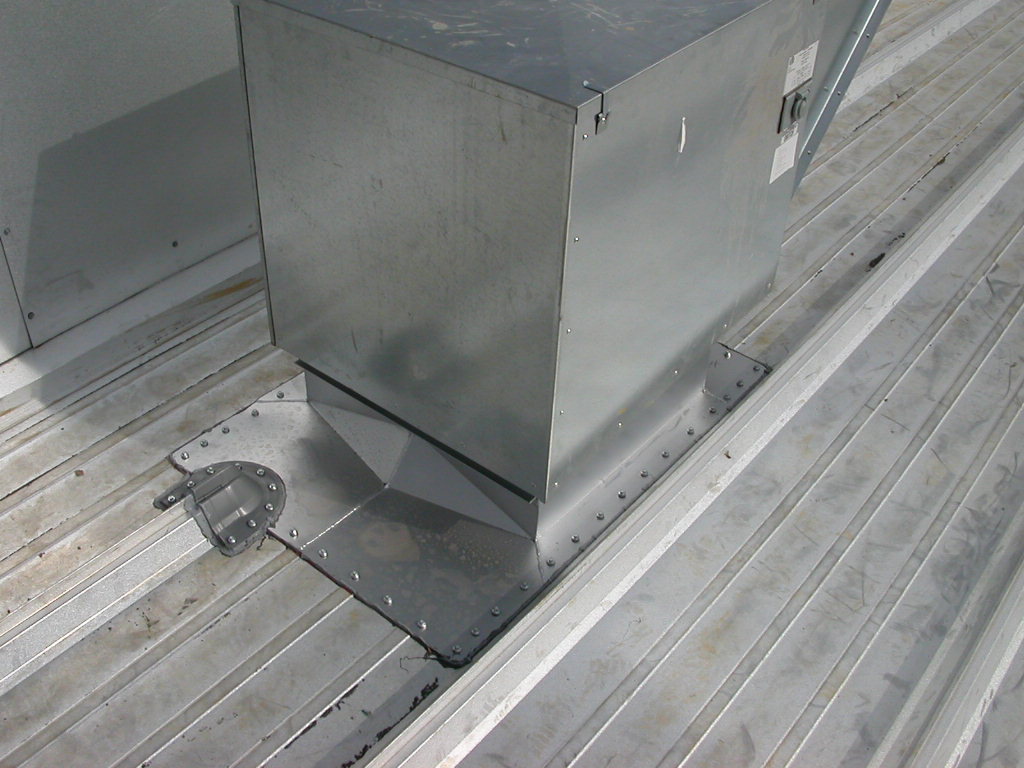
If you’re an owner of a commercial property, roof flashings are something that may not cross your mind often. However, they play an essential role in the roof system and building’s overall structure and safety. There are many types of roof flashings and flashing materials on the market today for various applications. Here are some key things every commercial building owner should know about roof flashing in detail.
What is Flashing on a Roof?
What is commercial roof flashing made of?
Commercial roof flashing can be made of plastic, rubber, PVC, TPO, aluminum, copper, lead, or galvanized steel materials. Plastic and rubber roof flashings are great for repelling water. PVC offers the benefit of durability, making it a good fit in industrial settings where other materials may not last as long due to their high pH environments like on ships or chemical plants.
- Plastic and rubber roof flashings excel at repelling water.
- PVC roof flashings are durable, ideal for industrial settings exposed to high pH environments.
- Aluminum roof flashings are cost-effective and easy to install but can rust when in contact with alkaline materials.
- Galvanized steel flashings are affordable but less durable.
- Copper roof flashing with lead coating pairs well with solar panel components for enhanced reliability.
- Lead roof flashings are preferred for their longevity and flexibility.
Types of Commercial Roof Flashings
Ridge Flashing
Ridge flashing is a type of roof flashing used to prevent water from running inside between the roof and the ceiling. It is typically found on dually sloped roofs where the roof has a steeper slope.
Corner Flashing
Corner flashing is put on the outside end of the roof, where it meets an outer wall. It keeps water from getting into the space between the roof and walls.
Inverted Corner Flashing
Inverted flashing is used at corners where a wall meets a roof. It’s used to seal the gap between the structure and the wall.
Eaves Roof Flashing
Eaves flashing is a type of metal flashing that creates a waterproof seal and protects the framing of a roof from moisture.
Saddle Roof Flashing
Saddle flashing is installed for beams piercing external walls, railing attachment, and cantilevered joists. Saddle flashing protects against water penetration from snowmelt and ice dams.
Vent Pipe Flashing
Vent pipe flashing is a ring of metal flashing with an opening to allow the vent pipe to pass through it. The flashing is placed around the vent pipe so that water cannot get between the pipe and the roof.
Other Types of Roof Flashing
Counter Flashing
Counter flashing, also known as cap flashing, is designed to prevent water from entering behind the vertical flange of the headwall or sidewall flashing. Often used in conjunction with base flashing, it’s essential for proper installation.
Apron Flashing
This type of flashing is used where a sloped roof meets a vertical surface, like a wall or chimney. It directs water away from the vertical surface and onto the roof.
Valley Flashing
Installed in the valleys of the roof where two sloping roofs meet, valley flashing ensures water flows off the roof and into the gutters.
Step Flashing
Used where the roof meets a vertical wall, step flashing consists of multiple pieces that overlap each other in a “step” pattern.
Kickout Flashing
This is a special type of flashing designed to direct water away from the wall and into the gutter, especially when a roof edge meets a sidewall.
Continuous Flashing
As the name suggests, this is a single long piece of flashing, often used instead of step flashing.
Why do you need flashing for your commercial building’s roof?
Weather Protection
Flashing is an essential component that prevents damage to your roof from rain and wind. Without it, you’re putting yourself at risk for leaks during winter when the temperature drops below freezing point or summertime heat waves which can lead to further expenses.
Increased Property Value
Water damage can ruin any building, but it’s especially bad for structures that are used in commercial settings. The fear of having their business disrupted by water-soaked carpets or ceilings can take potential clients away. With roof flashing, you are adding protection to your roof against leaking. So you can price your property higher for a greater property value.
Appealing Roof
Flashing makes your commercial building’s roof look polished and aesthetically appealing. Adding flashing to the roofs of buildings is an effective, affordable way of making them more visually pleasing for clients and customers.
Get Commercial Roof Flashing Installed for Your Building
If you’re looking for a roofing contractor to install commercial roof flashing, we can help. Our experts will be on-site and work quickly to ensure your project is completed as soon as possible without sacrificing quality. Contact us today at (423) 318 – 2196 if you need any more information!
Discover how commercial solar roofing systems can enhance your building’s value and sustainability.

